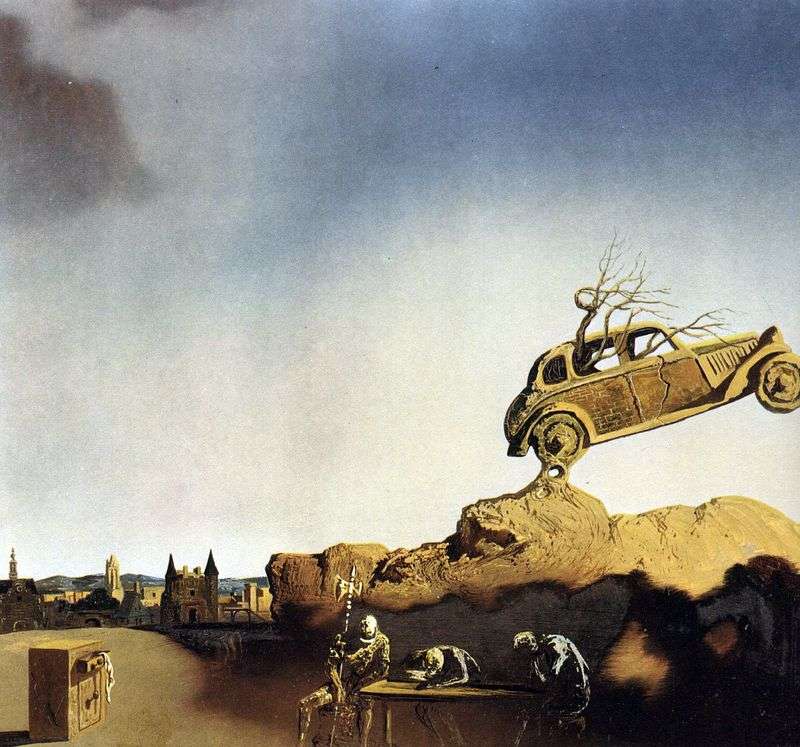
Surreal and hard work “the phenomenon of the city of Delft” is difficult to confuse with the creation of other masters. Of course, this is Salvador Dali and of course, this is the work of the second half of his creative activity. The multidimensionality of space, apotheosis and symbolism give off a smack of soot in combination with contrasting shadows and quiet winds.
By examining the parts of the canvas, one can judge the purpose of this or that detail as a single item: houses on the horizon, sunset, guards armed with halberds, a car made of red brick, an interior – a chest of drawers… The totality of the disparate parts infects the viewer with a morbid consciousness, such, which owns the thoughts of El Salvador. The sense embedded in the presented work can be judged in its own way. But the warlike nature of the canvas is obvious. Interpreting the picture can be an alarming message to enemies and ill-wishers.
Dormant soldiers and pointed halberds are a mixture of strength and masculinity, drowsing rampage on the lid of the table. Analyzing the view of the landscape, involuntarily consciousness goes to the neighborhood of Delft, written by Vermeer in 1658-60-60. And this is the sky with blue clouds, and the spiers of the palace fortress on the horizon, and the color solution – as if “lapped” from the old canvas.
It can not be said that Dali was engaged in plagiarism, but there is an obvious similarity with that picture. Perhaps Salvador decided to preserve the forgotten landscape of the old Delft, setting his soldiers on the outskirts of the city to guard the passing epoch of the slave Delft. He created coziness, rejected all mechanical, turning an old car into stone trash.
Already, and the escape grew, hooking the car body branches, and the guards turn into cigarette paper… But the path is closed, and the sunset was forever sunset. Work “The phenomenon of the city of Delft” has become one of the last surreal to the tipping point in the author’s work. Dry in technique, many in content. It is written on the threshold of Salvador’s appeal to academism and, for the present, breathes antireality.
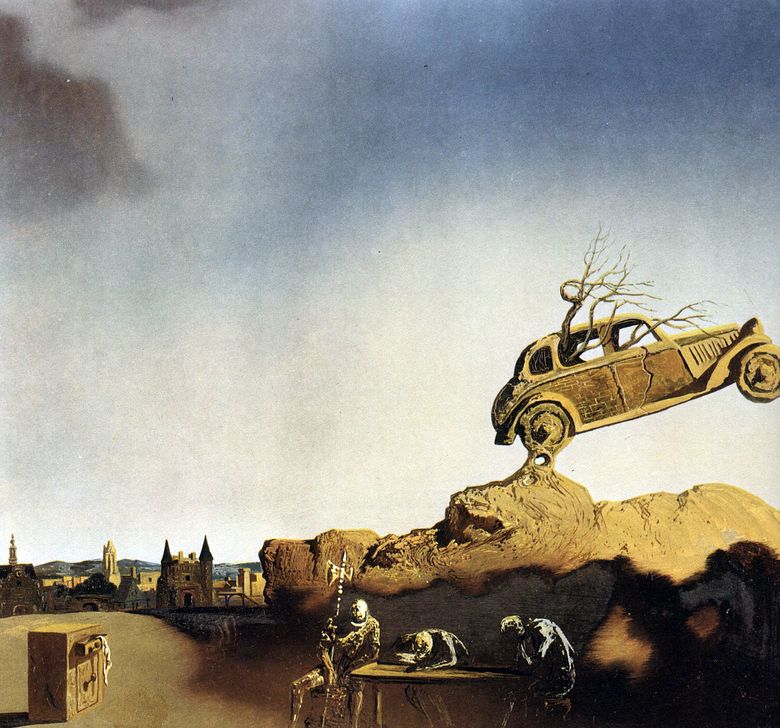 Le phénomène de la ville de Delft – Salvador Dali
Le phénomène de la ville de Delft – Salvador Dali Aspecto de la ciudad de Delft – Salvador Dali
Aspecto de la ciudad de Delft – Salvador Dali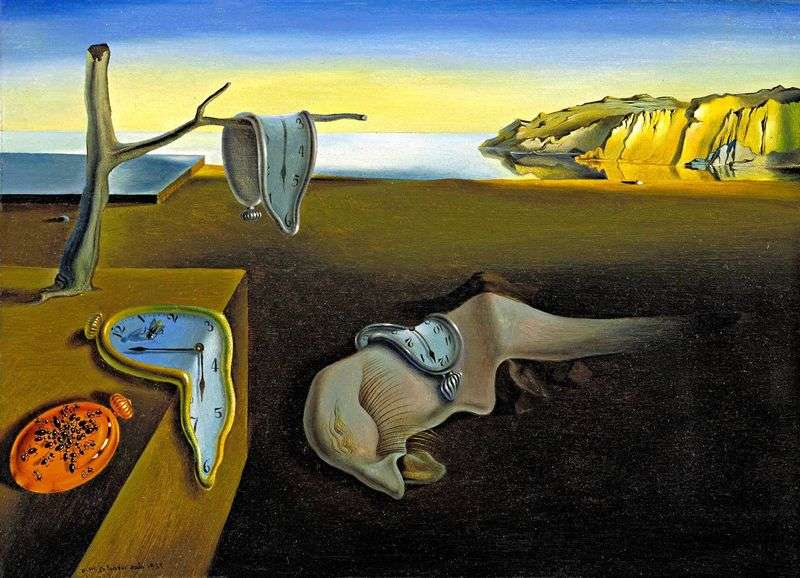 Consistency of memory by Salvador Dali
Consistency of memory by Salvador Dali Transitional moment by Salvador Dali
Transitional moment by Salvador Dali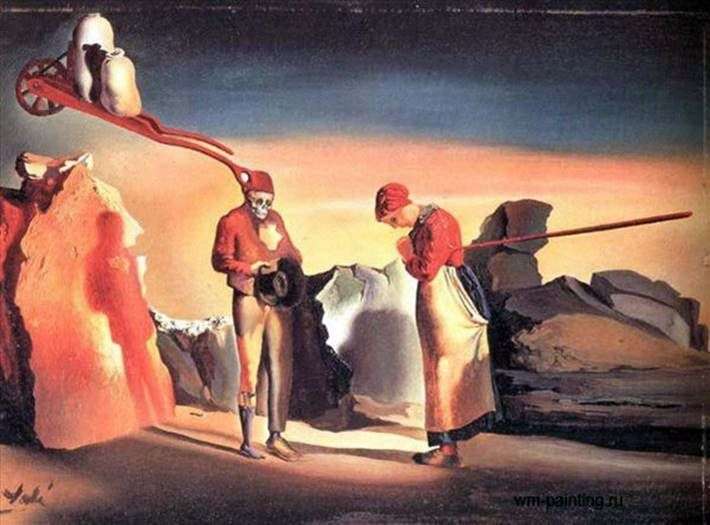 Atavism of Twilight by Salvador Dali
Atavism of Twilight by Salvador Dali View of the city of Delft by Jan Vermeer
View of the city of Delft by Jan Vermeer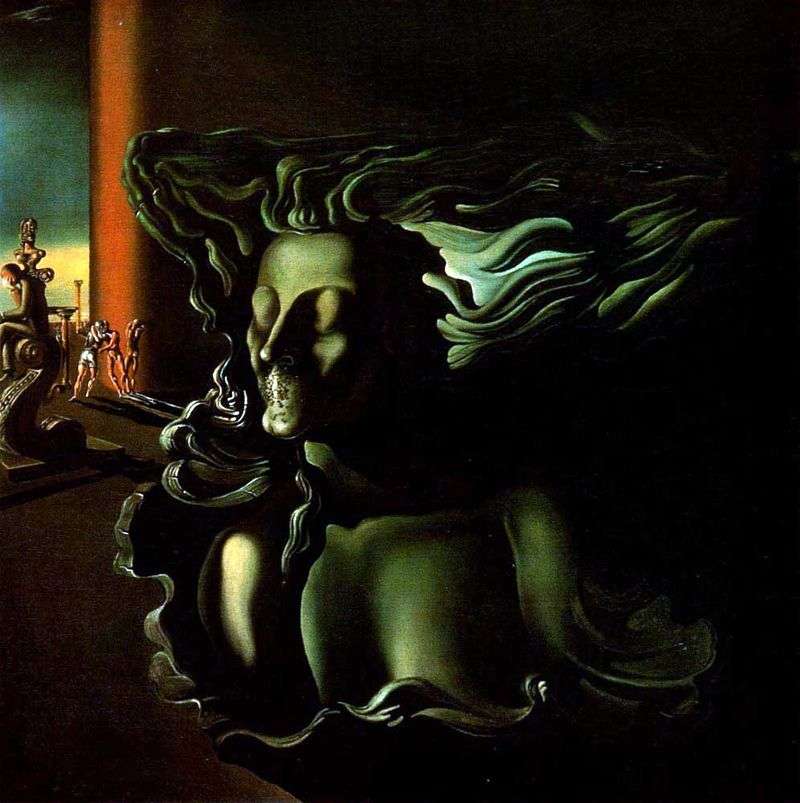 Dream II by Salvador Dali
Dream II by Salvador Dali Persistence of memory by Salvador Dali
Persistence of memory by Salvador Dali